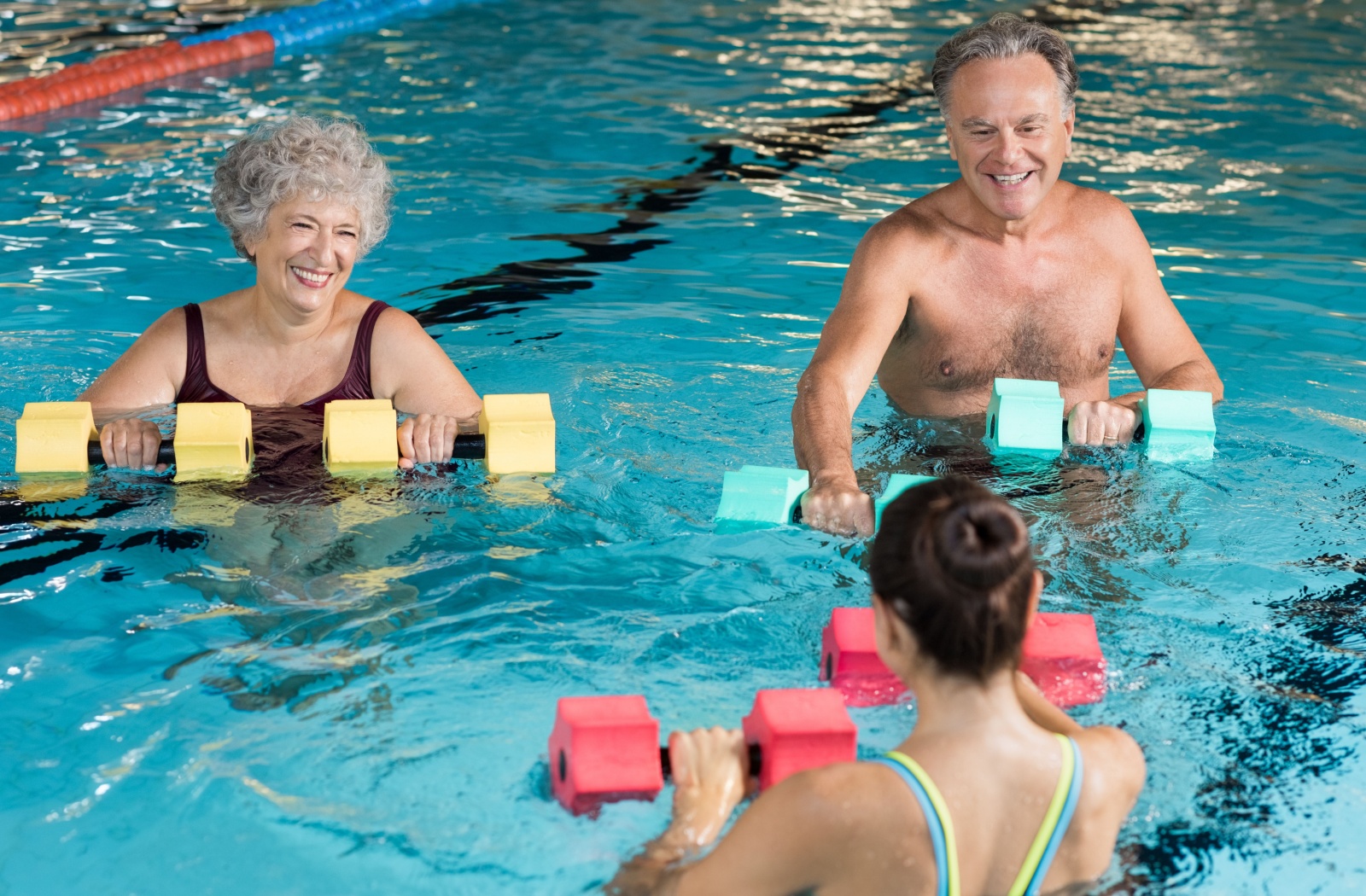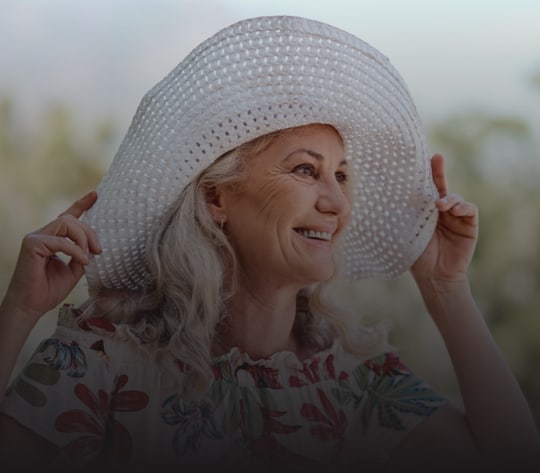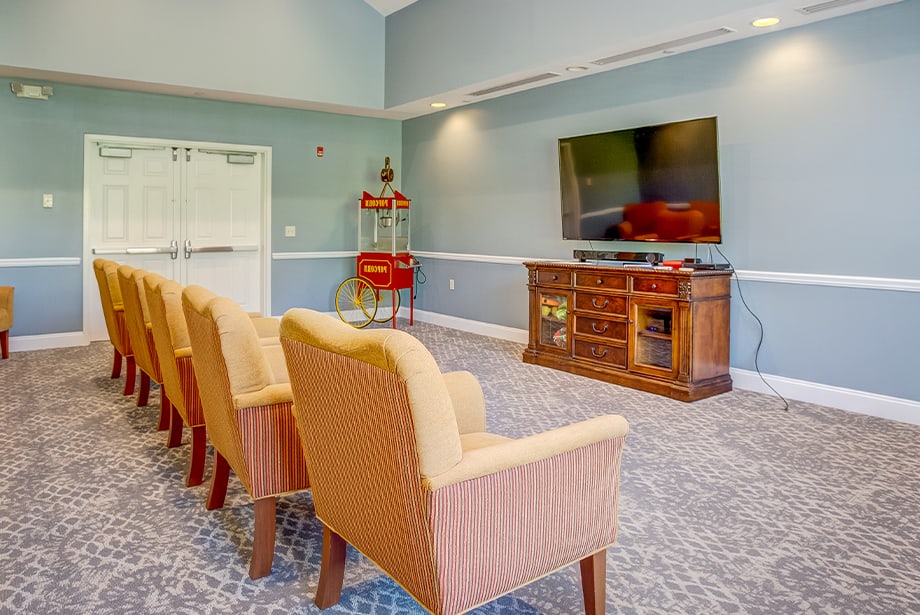Staying active is key to maintaining independence and a good quality of life for seniors. However, not all exercises are beneficial for older adults, and some could even pose risks to their health or safety.
Some exercises that may not be the most suitable for seniors include:
- High-impact aerobics
- Heavy weightlifting
- Long-distance running
- High-intensity interval training (HIIT)
- Sit-ups and crunches
- Rock climbing or bouldering
That said, everyone’s health and abilities are different. It’s important to consult your doctor before starting a new exercise routine to find out if it’s safe and appropriate.
How Physical Exercise Benefits Seniors
Physical activity isn’t just for the young; it’s crucial at any age. The benefits go far beyond just staying fit. With the right exercise routine, older adults can enhance their quality of life across several areas:
- Enhance muscle strength and flexibility: Exercise helps older adults maintain muscle mass and joint flexibility, which are essential for mobility and independence.
- Improve balance and coordination: Exercises that target balance can reduce the risk of falls, a major concern for older adults. Prevention is key, and fitness plays an instrumental role.
- Lower the risk of chronic illnesses: Regular physical activity can reduce the likelihood of heart disease, diabetes, and certain forms of cancer, empowering seniors to lead healthier lives.
- Boost mental health and cognitive function: Physical activity isn’t just good for the body; it’s also a proven mood-lifter. Exercise reduces stress, combats depression, and improves memory and cognitive abilities.
How Much Physical Exercise Do Older Adults Need?
The CDC recommends that older adults aim for at least 150 minutes of moderate-intensity aerobic exercise each week or 75 minutes of vigorous-intensity activity. Strength-building exercises are also recommended twice a week.
However, these numbers may need to be adjusted based on your loved one’s mobility and health conditions. It’s a good idea to consult with their healthcare provider before starting any new fitness routine.
Exercises Seniors Should Avoid
While exercise is vital, certain types of physical activity can put undue strain on aging bodies. Here are exercises that seniors should avoid to prevent injury or stress-related complications:
High-Impact Aerobics
Activities like jumping jacks or step aerobics can put excessive pressure on the joints, increasing the risk of arthritis-related pain or injury.
Heavy Weightlifting
Lifting heavy weights can strain the joints, muscles, and cardiovascular system. Older adults should focus on lighter weights with more repetitions instead.
Long-Distance Running
Running miles on end can stress the knees and hips, which may already be experiencing wear-and-tear due to aging.
High-Intensity Interval Training (HIIT)
While popular, HIIT may be too physically taxing for some older adults and can increase the risk of injury or heart strain.
Sit-Ups & Crunches
These core exercises can strain the neck and spine, particularly if performed with improper technique.
Rock Climbing or Bouldering
While adventurous, these activities present significant risks due to the potential for falls and overly demanding physical requirements.

Safe Exercises for Seniors to Try
Luckily, there are plenty of low-impact and enjoyable exercises that can help older adults stay healthy without unnecessary risks.
Walking
Walking is one of the simplest and safest forms of exercise. It improves cardiovascular health, aids joint mobility, and can be done virtually anywhere.
Try daily walks around the neighborhood or nearby parks. A pedometer or fitness tracker can make it fun to track their progress.
Swimming & Water Aerobics
Working out in water is gentle on the joints while providing resistance that strengthens muscles. It’s excellent for seniors with arthritis or limited mobility.
Look for local indoor pools offering water aerobics classes that also foster community.
Chair Yoga
Chair yoga modifies traditional yoga poses to be accessible while delivering benefits like improved flexibility, balance, and mental clarity.
Your community may offer chair yoga tailored to older adults. Easy-to-follow online videos can also be an option.
Safe Strength Exercises
Strengthening key muscle groups helps maintain functional independence. Activities like lifting light weights or using resistance bands can make a difference.
You can start by using resistance bands to work through beginner-level exercises with your loved one.
Supporting Seniors with Exercise
The goal isn’t just about keeping seniors active; it’s about ensuring they stay safe while they move. With proper guidance and by avoiding high-risk activities, your loved one can enjoy the many benefits of fitness without putting their well-being at risk.
At The Enclave of Franklin, we understand the importance of staying active in later years. That’s why we offer tailored wellness programs for our residents and help them access fitness classes like chair yoga, walking groups, and exercise routines. Our community also fosters connection through shared experiences and healthy dining options that support overall well-being.
Want to see how our community can help your loved one thrive? Book a tour today and discover the difference we make in seniors’ lives.










